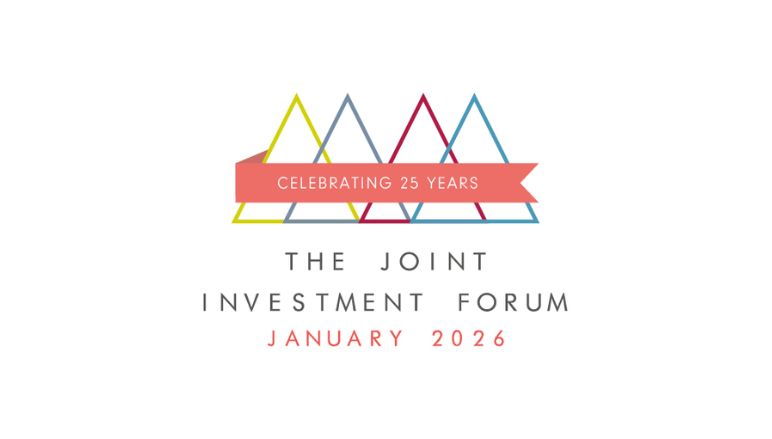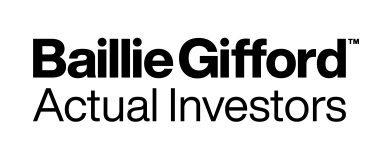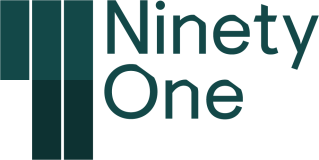August provided a roller-coaster ride for investors. The month started with heavy falls across global equity markets but ended with many major indices in positive territory amid renewed expectations that the US Federal Reserve would finally move to cut its key interest rate.
- Inflationary pressures continued to moderate in the US
- The Fed is widely expected to cut rates in September
- ECB policymakers remained “open” to the possibility of further monetary easing
A volatile August: August provided a roller-coaster ride for investors. The month started with heavy falls across global equity markets but ended with many major indices in positive territory amid renewed expectations that the US Federal Reserve (Fed) would finally move to cut its key interest rate.
“The Nikkei 225 Index experienced its second-worst day since 1965”
Concerns over US growth: weak US employment data triggered a sharp decline in global share prices early in August as investors became worried about the outlook for the US economy. Meanwhile, following the Bank of Japan’s (BoJ’s) decision to increase its key interest rate in July , share prices in Japan plummeted amid an unwinding of the yen carry trade. BoJ Governor Kazuo Ueda subsequently warned that global financial markets “remain unstable” and second-quarter growth fuelled speculation that the BoJ might implement further monetary tightening. The Nikkei 225 Index experienced its second-worst day since 1965 during August, but subsequently rallied to end the month 1.2% lower.
Data provides reassurance: stronger retail sales activity in the US also provided some reassurance that the US economy was not on the brink of recession: retail sales rose at a month-on-month rate of 1% in July. Inflationary pressures eased as the annualised rate of consumer price inflation moderated from 3% to 2.9% in July, representing the smallest 12-month increase since March 2021 and fuelling speculation that the Fed might cut rates in September.
A cut on the cards in the US: expectations of monetary easing were compounded by Fed Chair Jerome Powell’s speech at the Jackson Hole symposium , in which he announced: “the time has come for policy to adjust”. Although he gave no detail on the timing or scale of any cuts, a reduction of at least 25 basis points is widely expected at the Federal Open Market Committee’s next meeting . The Dow Jones Industrial Average Index rose by 1.8% and ended August on another high , having notched up four new closing highs over the month.
Focus on the data: minutes from the European Central Bank’s July meeting indicated that officials intend to approach their September meeting “with an open mind” suggesting that policymakers remain amenable to another rate reduction following their 25 basis point cut in June, although their strategy will continue to be informed by data. The Dax Index rose by 2.2% over August.
To view the series of market updates through August, click here


















